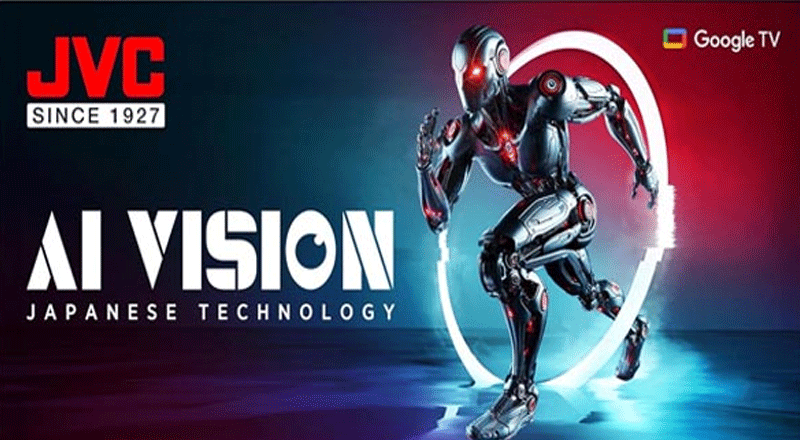India and the United States are currently engaged in advanced discussions aimed at jointly manufacturing the latest generation of Stryker Armoured Infantry Combat Vehicles (ICVs). This initiative forms a crucial part of a broader defence-industrial cooperation roadmap between the two nations, signaling a significant step towards enhancing India’s defence capabilities.
Project Overview:
The proposed project involves a phased implementation such as Initial procurement of Strykers through the US Foreign Military Sales (FMS) program and Transition to joint production in India. Co-development of advanced variants tailored to Indian Army specifications.
Operational Imperatives: With the Indian Army seeking to modernize its mechanized infantry capabilities, the Stryker is being evaluated as a potential replacement for the aging fleet of over 2,000 Russian BMP-II vehicles. The project emphasizes a high level of indigenisation, including the transfer of critical technologies to Indian partners, potentially involving Defence Public Sector Undertakings (PSUs) or private firms.
Strategic Significance and Diplomatic Efforts:
- Strategic Partnership: The US has actively promoted the Stryker as a cornerstone of bilateral defence ties, underscoring its commitment to strengthening defence partnerships with India.
- Technological Advantages: Developed jointly by General Dynamics Land Systems (GDLS) Canada and the US, the Stryker is renowned for its versatility, mobility, and firepower, making it suitable for diverse operational environments.
Specifications and Capabilities of the Stryker:
- Adaptability: Available in multiple variants including Infantry Carrier Vehicles (ICVs) and Mobile Gun Systems (MGS), the Stryker is equipped with a 30 mm cannon and a 105 mm mobile gun, enhancing its effectiveness in urban warfare and rapid response scenarios.
- Protection Features: Incorporating V-hull design and advanced ceramic armour, the Stryker offers robust protection against ballistic threats and explosives, thereby enhancing crew survivability.
- Mobility and Deployment: Powered by a Caterpillar C7 engine, the Stryker achieves speeds up to 100 km/h with a range of 483 kilometers. Its compatibility with Indian Air Force Chinook helicopters facilitates rapid deployment and operational flexibility across varied terrains.
Operational Experience and Strategic Deployment:
- Combat Proven: Deployed in conflict zones such as Afghanistan and Ukraine, the Stryker has demonstrated operational effectiveness against insurgent forces and in asymmetric warfare scenarios, highlighting its reliability and combat readiness.
- Tactical Advantage: The Stryker’s capability to swiftly deploy and engage in urban and rural settings provides a critical edge in responding to evolving security challenges and bolstering India’s defensive posture.
Economic and Strategic Impact:
- Support for ‘Atmanirbhar Bharat’: Collaboration with the US underpins India’s efforts to strengthen its indigenous defence manufacturing capabilities, leveraging Transfer of Technology (ToT) agreements to integrate advanced systems into domestic production lines.
- Strategic Autonomy: Joint production and technology infusion from the US not only enhance operational capabilities but also contribute to India’s strategic autonomy in defence procurement and industry development.
In conclusion, the potential acquisition and joint production of Stryker ICVs represent a significant stride towards modernizing India’s mechanized infantry capabilities and advancing its defence industrial base. The partnership underscores mutual security interests and strategic alignment between India and the US, fostering deeper defence cooperation while bolstering regional stability and security.
(With inputs from agencies)





